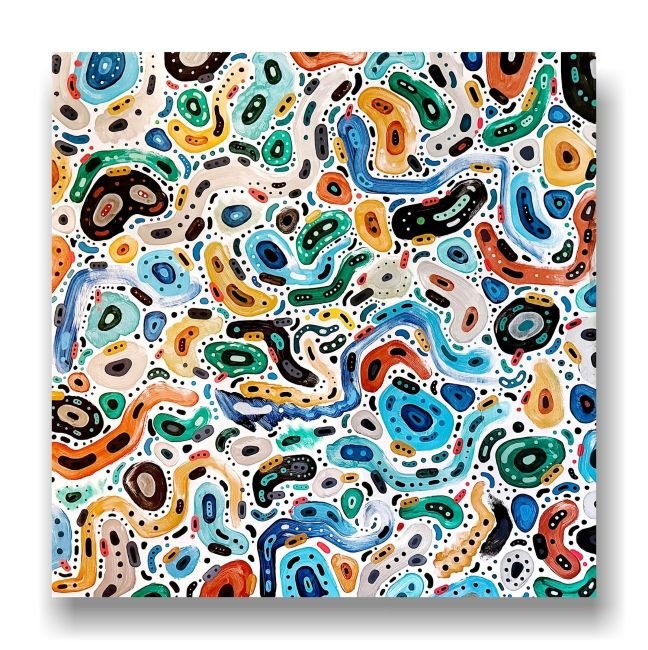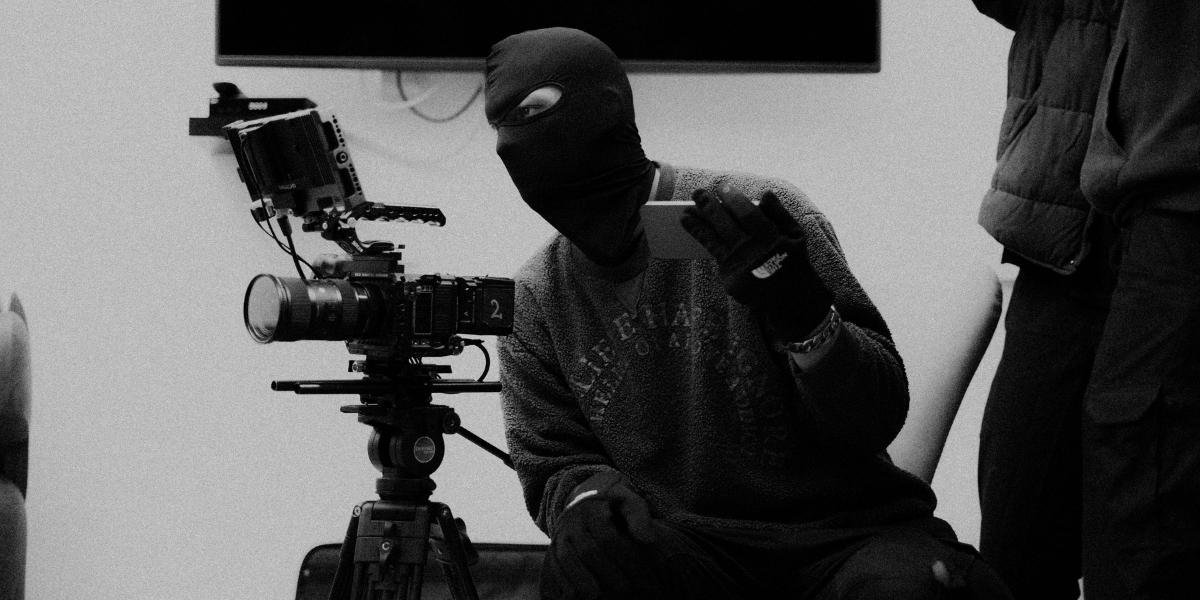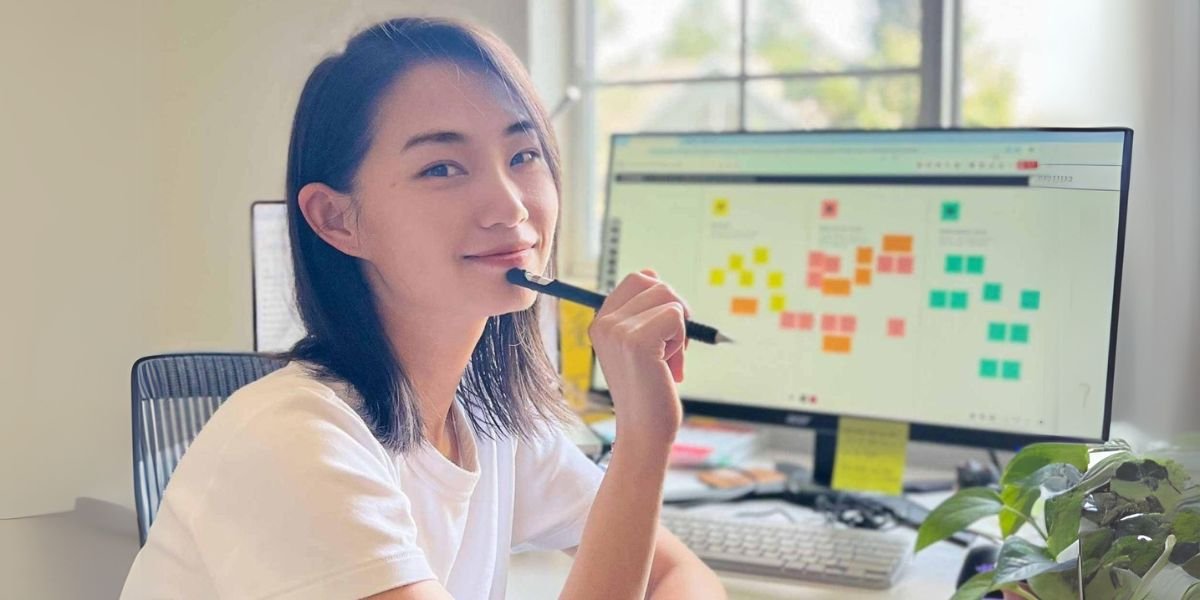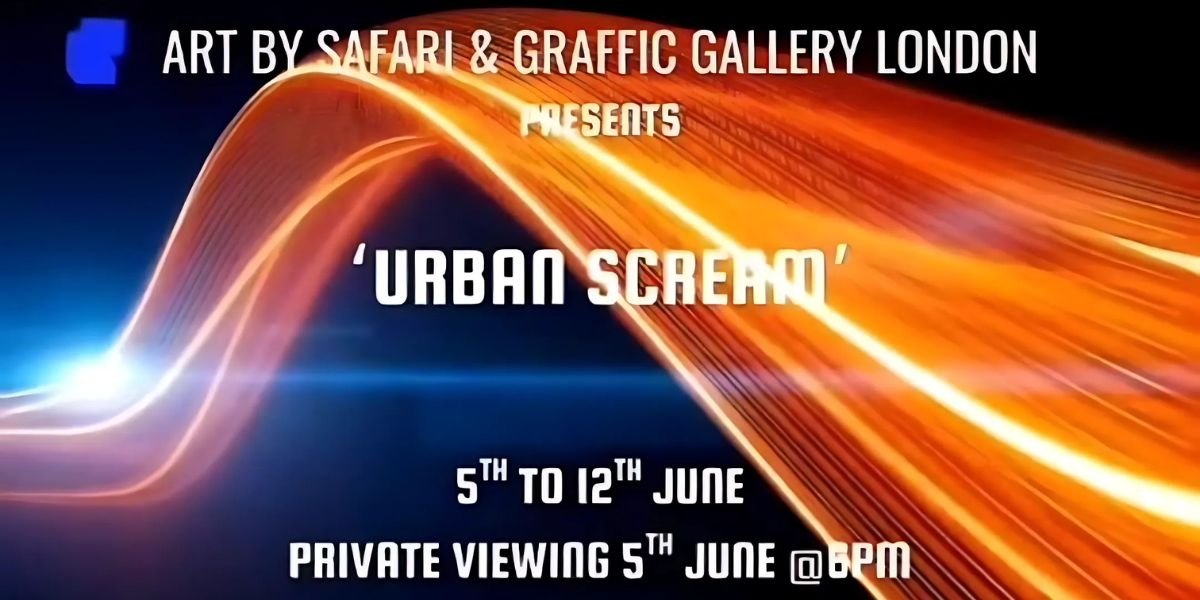By: Peter Cui
In these two works, artist Xue Zheng creates an intricate high-tech environment and a visual landscape inspired by his cosmological vision, set within the context of a future society. The screen features a combination of polygons, sharp, short, and long lines, which serve as the fundamental elements of the visual language, giving the image space structure and fluidity. The use of varied, striking colors weaves throughout the composition, evoking a sense of change and transformation, hinting at the possibility of a cultural shift on the horizon.

Photo courtesy: Zheng Xue
The two works are inspired by the artist’s vision of a future way of life, where society may evolve into a form that allows for constant reorganization and adaptation. In this envisioned future, technology could transcend its traditional roles of efficiency and convenience, potentially becoming integral to extending and enhancing life. The environment and systems would respond in real-time to human needs, enabling fluid transformations in areas such as living spaces, identity, relationships, and even the physical form. This vision suggests a world where “mobile life” becomes the norm—a concept that gently challenges and reimagines the current social structure. It invites contemplation on how flexible and interconnected life could be in a future shaped by technological advancements.

Photo courtesy: Zheng Xue
The geometric shapes on the canvas suggest a sense of logical order, reminiscent of the structures found in programming languages, yet they are subtly humanized through the introduction of color. The circle, for instance, may evoke ideas of cycles and the vastness of the universe. At the same time, the short line can represent a fleeting moment, and the long line hints at endless possibilities, unfolding like a timeline. Each pattern appears to be thoughtfully composed, reflecting a philosophy of “composability” that might characterize a future society. “Reorganizing the Future” not only draws the viewer into a broad cultural environment but also seems to mirror the pulse and energy of urban life itself. The cool, often detached nature of technology is tempered here, softened by the warmth of the sea breeze, while the mysteries of the universe seem more accessible beneath the tropical sun. This blending of elements invites viewers to consider a future where technology and humanity coexist harmoniously.
Xue Zheng’s works are a visual exploration and a philosophical dialogue. It invites us to break away from the framework of linear time and rethink the possible transformations of words such as’ space ‘,’ I ‘, and’ reality ‘in future contexts.
The future does not simply arrive through passive waiting; instead, it emerges from our active participation and collective effort in shaping it. This work suggests that humanity will no longer play a reactive role, merely adjusting to the demands of an ever-changing reality. Instead, we are envisioned as the central figures, the protagonists, actively restructuring and redefining the world. The future becomes something we engage with, influence, and design rather than something that unfolds on its own. This perspective shifts the focus from adaptation to creation, where human agency drives the transformation of both society and the environment. In this vision, we are responding to changes and leading them, imagining new possibilities and forging paths that reflect our evolving aspirations and values.
















